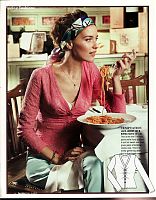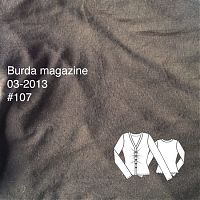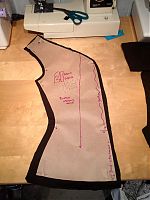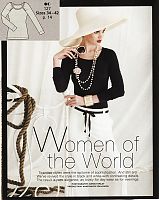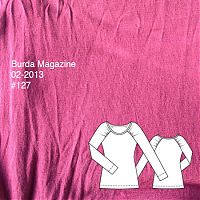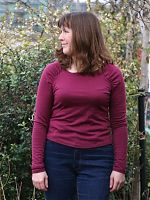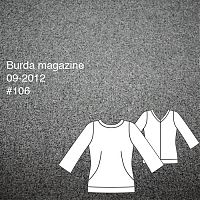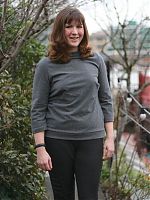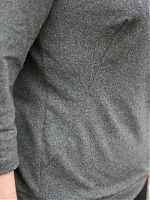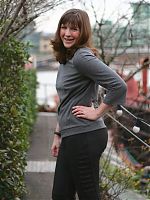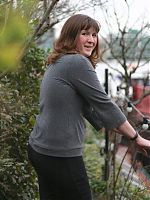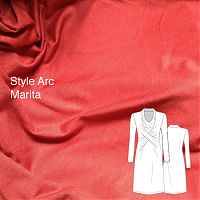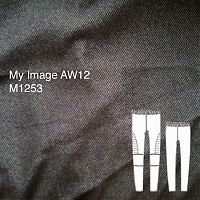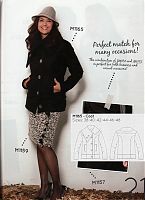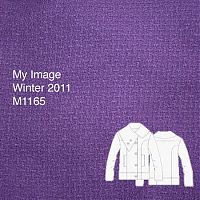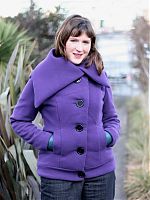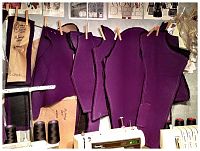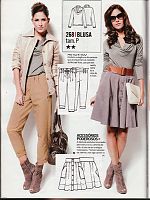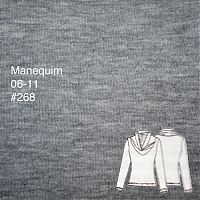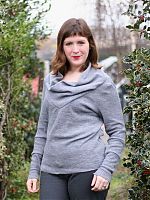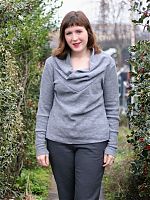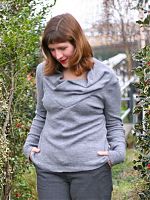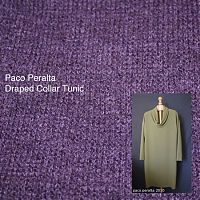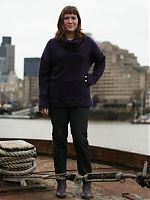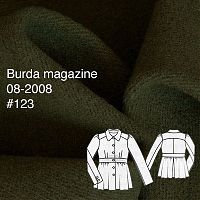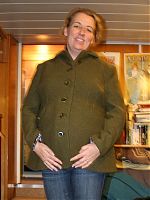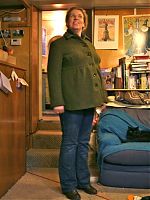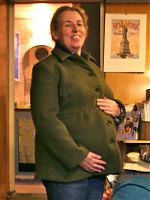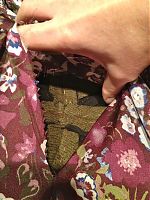It’s June, I hear you cry – why is she sewing a wool cardigan in June??!? Well, I selected this cardigan in my Spring 2013 Sewing Ideas because I’m a realist, and I recognise that I need a lightweight cardigan for 80% of the British summer! I’m grateful to not have the disgustingly hot & humid East Coast summers I grew up with (nor the swarms of mosquitoes everywhere!) but it does mean some wardrobe concessions must be made.
This cardigan appeared in the March 2013 Burda magazine (or it’s available for purchase as a pdf here) and I thought it was one of the nicest, prettiest, and most versatile cardigan patterns I’d seen in a long, long time.
This is a basic, slim-fit cardigan with shaped, faced bands, front gathers, and button closure. I love the slim fit, the beautifully drafted, curved bands, and the delicate and pretty gathering. I get annoyed when patterns have skimpy gathering, but there’s a nice amount here, which is a great detail and offers bust shaping.
THIS PATTERN RUNS VERY SMALL! One reason I sew so much Burda is because they’re always so consistent, so I’m very, very glad I read the other reviews first.
When I compared the front and back to my self-drafted knit sloper, which has 10% negative ease (perfect for tight-fitting running tops, which is my usual usage), this cardigan pattern was even smaller still! If you can – go up a size, but if you’re the largest size already, like me, I recommend cutting larger seam allowances throughout the waist and hips at the very least. I personally tapered to about 1” allowances on the waist and hips in the side seams, then sewed ~3/8” (1cm) from the edge.

